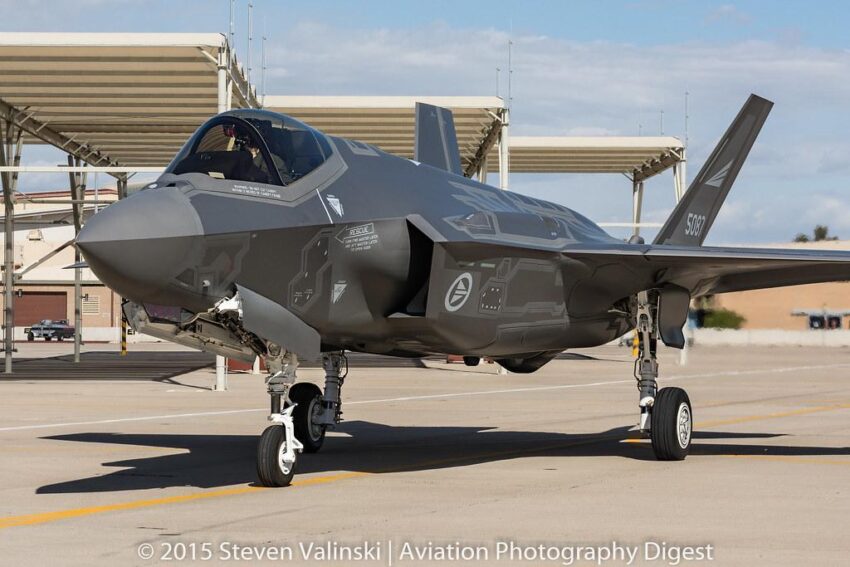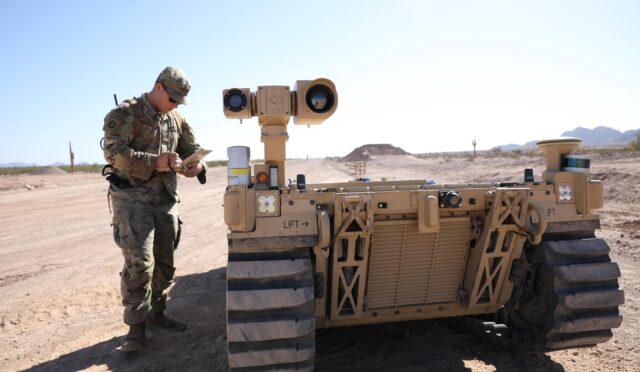Final Delivery of F-35s to Norway
Lockheed Martin has successfully delivered the last three F-35 Lightning II combat aircraft to Norway, finalizing the nation’s acquisition under the Joint Strike Fighter Program. This significant milestone was marked by a special dispatch overseen by Norway’s Ambassador to the United States, Anniken Huitfeldt, from Fort Worth, Texas. With this delivery, Norway has fulfilled its commitment to the F-35 fleet, part of a broader initiative involving 20 nations.
The newly arrived jets are expected to land at Ørland Air Base in Trøndelag before the weekend. There, they will undergo final acceptance evaluations prior to being integrated into the Royal Norwegian Air Force. Meanwhile, one of the aircraft will remain in the United States to assist with ongoing testing of the Joint Strike Missile, contributing to the collaborative efforts among allied nations.
Ceremony to Mark Completion
In April, Norway’s defense agency plans to host a ceremony at Ørland Air Base to officially conclude its foreign military sale agreement for the F-35s with the United States. This event will celebrate the culmination of Norway’s initiative to enhance its air combat capabilities.
With this latest delivery, Norway’s fleet of F-35s has reached a total of 52, representing a significant upgrade in the country’s air defense strategy. The addition of these advanced jets is expected to bolster Norway’s ability to address modern threats effectively.
Significance of the Delivery
Gro Jære, the Norwegian Defence Materiel Director, emphasized the importance of this delivery, stating, “The receipt of the last F-35 aircraft marks a significant milestone for Norway and the Norwegian Armed Forces. This is the result of many years of dedicated work and close cooperation across the entire defense sector.” Jære noted that this advancement will enhance Norway’s combat aircraft capabilities and strengthen national security for years to come.
This strategic investment reflects Norway’s commitment to maintaining a modern and capable air force, ensuring readiness to face future challenges. The integration of the F-35 represents a forward-thinking approach to national defense, adapting to the evolving landscape of modern warfare.
Features of the F-35 Lightning II
The F-35 Lightning II is a cutting-edge fighter jet designed for multi-role capabilities. With a length of 51 feet (16 meters) and a wingspan of 35 feet (11 meters), this fifth-generation aircraft stands out not just for its size but for its advanced technology. It can be outfitted with a variety of armaments, including multi-domain missiles, a 25mm rotary cannon, and even nuclear bombs.
Powered by a Pratt & Whitney F135-PW-100 afterburning turbofan engine, the F-35 can achieve speeds of up to Mach 1.6, equivalent to 1,228 miles per hour (1,976 kilometers per hour). It boasts an impressive range of 1,500 nautical miles (1,726 miles or 2,778 kilometers) and can operate at altitudes of up to 50,000 feet (15,240 meters). With these features, the F-35 will succeed the older F-16 Fighting Falcon fleet, which has served Norway since the 1980s.







